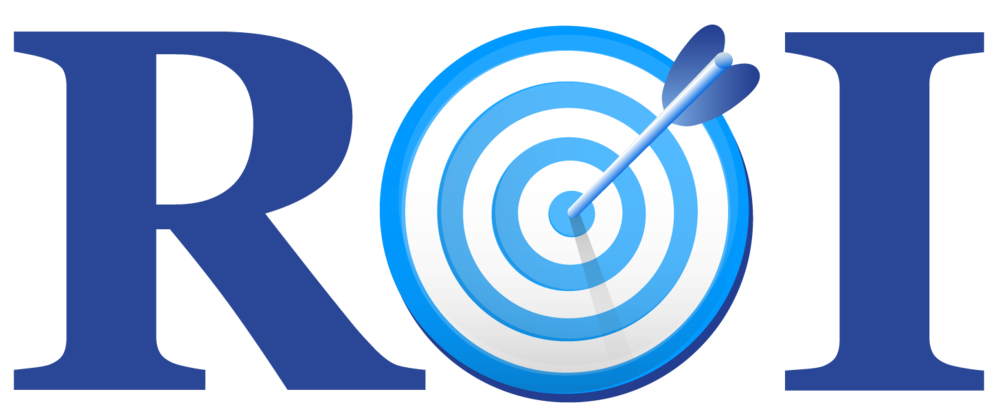Digital marketing is central to commerce today, But with so much money invested, you need to know your marketing spend is profitable. Identifying areas of weakness and optimizing your ROI is essential to ensure you get the most out of your money.
ROI is a metric that measures the impact of each marketing technique. It calculates the profit or loss generated by each investment – the relationship between the cost of a campaign and its results in terms of revenue.
Effective ROI modelling allows you to test different methods and identify how to improve ROI by prioritizing the most effective campaigns.
The difficulty is of course that ROI calculation is not simple. Marketing tactics work towards various goals – driving site traffic, brand awareness, building brand loyalty – with some results being easier to measure than others. Brand awareness campaigns, for example, are unlikely to translate into immediate revenue, so it can be challenging to attribute their impact on sales.
Ultimately though, you need to know if your marketing spend is making enough profit.

ROI Optimization
Once you calculate return on investment, your next move will be to consider how to optimise ROI. The goal of ROI optimisation is to ensure that each Rupee spent on digital advertising brings in more money in return.
Optimal ROI will vary from industry to industry, depending on the value of your product, the level of competition and on your longer-term goals.
Generally, a ratio of 5:1 is considered a good standard for digital marketing ROI. Getting higher than this is of course more desirable, but to reach 5:1 will likely give you a solid return on investment. Anything over about 10:1 is generally unrealistic, so set your sights within this bandwidth.
1. Have clear marketing goals
Marketing success measures will involve a mixture of long term and short term targets. Perhaps you are looking to increase brand recognition in a new region. Maybe you want to promote a particular new product. Or you may want to improve customer loyalty to boost your CLV. With clear, relevant, SMART (specific, measurable, achievable, relevant, time-bound) goals you will find it easier to assess results at the end of each campaign.
2. Collect as much data as possible
Data is your best ally when it comes to ROI optimisation. Collect data from every available source – analytics, heatmapping, customer surveys and so on – to draw a clearer picture of the effectiveness of your digital marketing beyond simply the hard metrics.
3. Apply A/B testing
Running A/B tests on different digital marketing campaigns will permit you to pinpoint ways to optimise for ROI. For example, you could look to optimise your email marketing by altering the copy of your email heading. If one heading produces a higher conversion rate than the other, move on to other aspects of the email such as layout or call to action, to get a better understanding of customer behaviour.
4. Be willing to make changes
Understanding your ROI calculation is all very well, but it will do little good to your business unless you are willing to act on it. Customer behaviour is constantly changing and if you want to optimise your ROI then it is important to be willing to adapt your approach. There are always improvements to be made, so be willing to learn from mistakes and make changes wherever necessary.
"Martellect assists businesses in identifying specific areas for improvement within their marketing strategy as a whole."
We advise on the effectiveness of digital channels such as SEO, PPC, Email, Social, and so on, in your current set up, enabling you to iterate and improve your results. Once you have identified areas of improvement, we can support you with implementation and ongoing optimisation strategies to continually improve ROI across all of your marketing efforts.
From implementing new designs, a/b testing various techniques of calculating specific ROI on each campaign, we offer numerous tools to establish best practice and help to determine where to invest budget.



